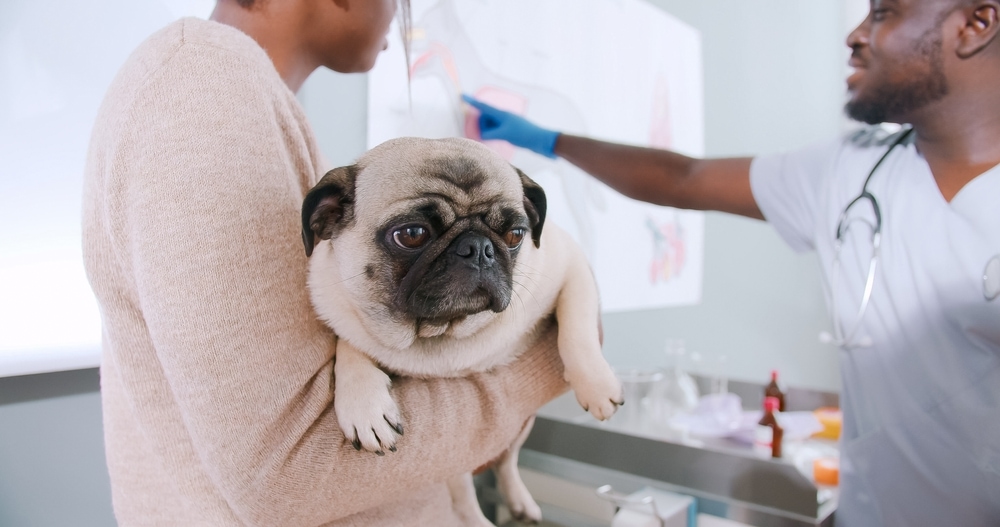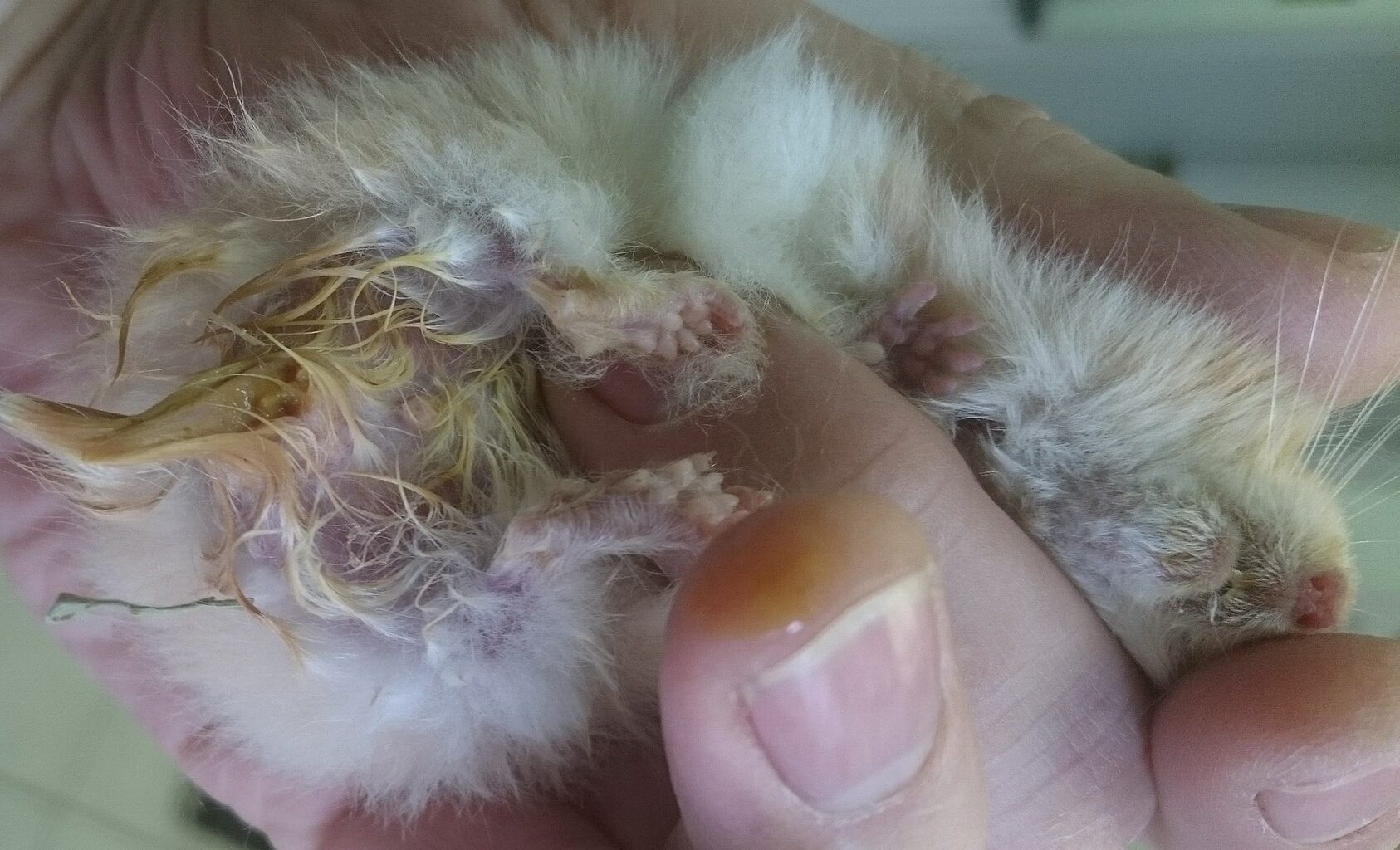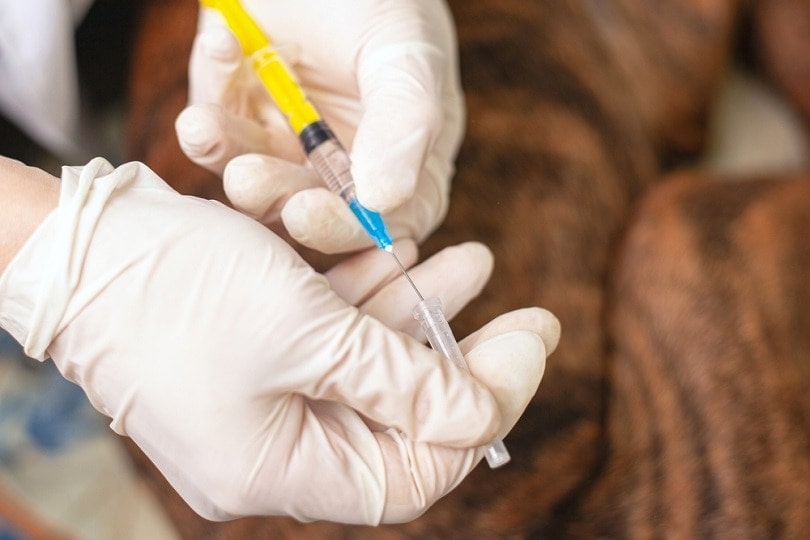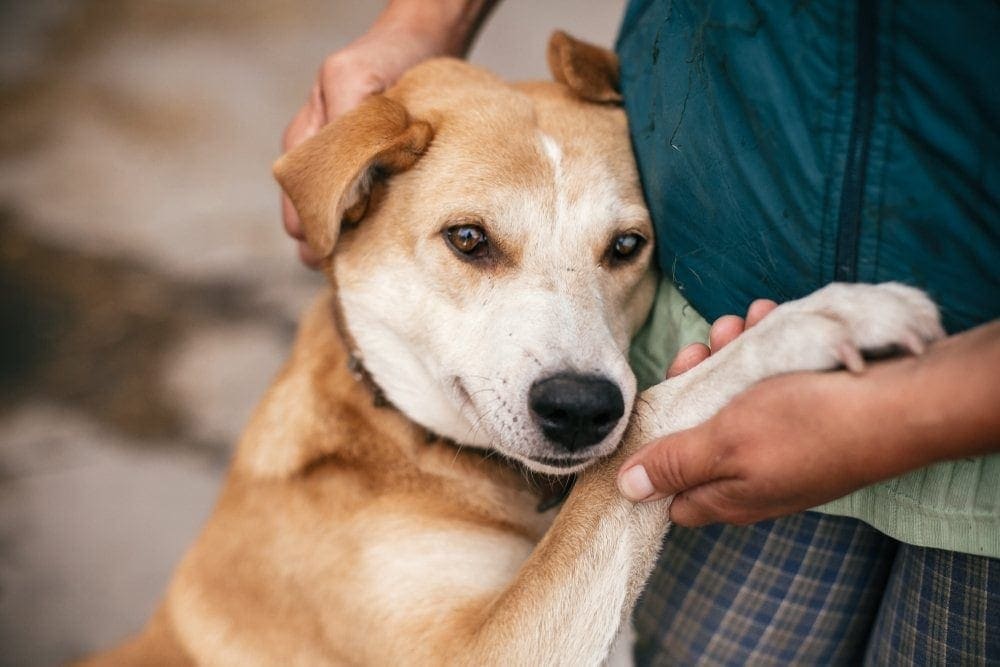How to Prevent Seizures in Dogs: 6 Tips (Vet Answer)

Updated on

Seizures are unpleasant experiences that can leave you helpless in the face of your dog’s suffering, as you may not know what to do or how to help them in that difficult moment. Seizures represent any abnormal and uncontrolled movement of a dog’s body caused by abnormal brain activity, which can have multiple origins. Preventing seizures depends on what causes them. For example, if your dog suffers from epilepsy, it is crucial to give them the treatment prescribed by the veterinarian. Otherwise, they will reoccur. Even with medication, seizures cannot be completely controlled in certain situations.
If your dog suffers from kidney disease, you must give them the prescribed treatment. If the seizures occurred after your dog consumed a toxic plant or toxin, make sure your pet no longer comes into contact with that substance.
Seizures that last several minutes (3–5 minutes) can have negative effects on your dog’s body, putting their life in danger. Therefore, knowing how to handle and prevent this situation will help you cope and support your beloved pet.
Understanding Seizures in Dogs
In order to try to prevent your dog’s future seizures, you’ll need to know what caused them, the primary condition that leads to their occurrence. Seizures in dogs can be due to health conditions or defects that originate in the skull (intracranial) or outside of it (extracranial).
Idiopathic epilepsy is the most common cause of seizures in dogs,1 but other causes should be considered, such as:
- Cranial tumors
- Viral diseases that affect the brain (e.g., distemper)
- Head trauma or injury
- Liver and kidney disorders
- Poisoning with various chemicals and toxins
- Heatstroke
- Hypocalcemia
- Hypoglycemia
It should be noted that convulsions do not necessarily mean epilepsy!
Depending on the cause of the seizures, you may be able to prevent them. Here are six important tips that can help you prevent seizures in your dog.

The 6 Tips to Prevent Seizures in Dogs
1. Reduce Stress and Limit Environmental Changes
In dogs suffering from epilepsy, seizures can be triggered when your dog is very excited or stressed.2 Many situations can make your dog feel stressed.
- Changes in their environment
- Changes in their daily routine
- Visits to the vet
- Thunderstorms
- Fireworks
- Car rides
In short, loud noises, bright lights, busy places, and foreign smells can all stress your dog. To prevent seizures in this case, you must acknowledge what the triggering factors are and try to remove or fix them.
2. Feed Them a Healthy Diet
In some cases, changing your dog’s diet can help control their seizures. One study shows that dogs that were given a homemade diet (a high-fat “ketogenic” diet and a partial “whole food” diet) had fewer seizures and side effects.3 The carbohydrate content was reduced or controlled, which proved to be essential in controlling the seizures.
Also, certain ingredients that are commonly added to commercial dog food have proven to be risky: BHA/BHT (food preservative), artificial dyes (red dye 40) (especially for small dogs), and glutamate (an amino acid found in many grains). Therefore, it is best to check the label before giving your dog food or treats.

3. Monitor Their Blood Sugar
Diabetes can cause seizures in dogs because their blood sugar can drop (hypoglycemia) or increase (hyperglycemia) drastically. If your dog has been diagnosed with diabetes, you’ll need to monitor their blood sugar regularly to know when it has dropped or increased extensively and to administer the prescribed treatment. In this way, you will prevent diabetes seizures and other complications, such as coma. Diabetic coma is a complication of patients with diabetes caused by the increase or decrease of blood sugar to extreme values.
4. Keep Away Toxins or Chemicals
If your dog does not suffer from any medical condition that could cause seizures, make sure they do not lick or ingest toxic plants, cleaning products, insecticides, pesticides, or products that contain various toxins, such as theobromine (found in chocolate), xylitol (artificial sweetener), and others.
Keep away any product or plant that you think could cause your dog problems. In case of poisoning, besides seizures, you could notice the following clinical signs: excessive drooling, nausea, vomiting, diarrhea, or tremors. If you believe that your dog consumed a dangerous substance or toxic plant, take them to the vet immediately.

5. Avoid Taking Your Dog Out on Hot Days
On hot summer days, the body can dehydrate quickly and easily. For this reason, doctors recommend staying inside or in the shade and consuming plenty of liquids to hydrate. These tips are also valid for pets. For example, if you leave your dog in the car, with the windows closed and without AC, for a long time, you risk them developing heatstroke. The same thing can happen if you take them for a walk in the middle of the day when the temperatures are over 90℉.
To prevent this, keep your dog in the shade or a cool place, and give them fresh water whenever you have the opportunity. If your dog shows signs of heatstroke (panting, difficulty breathing, excessive drooling, seizures, collapse, or vomiting), take them to the vet immediately.
6. Go to the Vet
When your dog changes their behavior or habits, they may be suffering from a medical condition. Certain medical conditions can lead to seizures. To prevent them from occurring, you’ll need to detect the condition in time and administer the appropriate treatment, but you can only do this with the help of a veterinarian. Therefore, take your dog to the vet whenever you feel that they have changed their behavior.

Final Thoughts
Seizures in dogs can be caused by various conditions, and any dog that has had a seizure requires further investigation to determine the cause. To prevent seizures in dogs, you’ll need to know what causes them. If it is epilepsy, the seizures can be kept under control with appropriate treatment. If your dog has ingested a toxic plant/toxin/chemical, seizures will occur every time they consume that substance. Seizures that last several minutes can have irreversible side effects on your dog’s body. For this reason, take your dog to the vet after their first seizure for a diagnosis.
Featured Image Credit: Leka Sergeeva, Shutterstock













